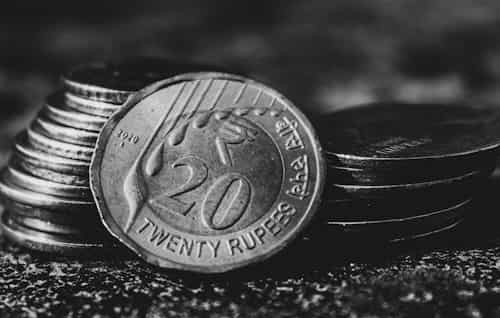Witness true power of compounding through 4 rules: Simple calculations to plan long-term mutual fund investments with ease
Power of Compounding: Aligning your mutual fund investments with financial goals can seem complex, but two simple principles can provide clarity: Rule 8:4:3 and Rule 72. These concepts offer valuable insights to optimise your investments and build long-term wealth. Rule 8:4:3 helps allocate assets effectively and Rule 72 simplifies compound interest calculations. By understanding these rules, you can not only informed investment decisions but also maximise your returns while achieving financial objectives.
Power of Compounding: Aligning your mutual fund investments with financial goals can seem daunting, but two timeless principles can bring clarity to your investment strategy: Rule 8:4:3 and Rule 72. These straightforward concepts offer valuable insights to optimize your investments, streamline your financial planning, and build long-term wealth. While Rule 8:4:3 provides a simple asset allocation framework, helping you distribute your investments effectively across various asset classes, Rule 72 simplifies compound interest calculations, enabling you to estimate how long it takes for your investments to double in value. By understanding and applying these two principles, you can make informed investment decisions, maximise returns, and achieve your financial objectives. Whether you're a seasoned investor or just starting out, Rule 8:4:3 and Rule 72 provide a solid foundation for building a successful investment strategy and securing your financial future.
Power of Compounding: Introduction to 8:4:3 Rule

Power of Compounding via Simple Rules: Unlocking Mutual Fund Growth with 8:4:3 Rule

Power of Compounding

How does compounding work?

Power of Compounding: Rule of 72

How does it work?

Simply divide 72 by the annual interest rate to determine the number of years.
Example 1:
Suppose you invest Rs 1,00,000 at an annual interest rate of 8 per cent. To calculate how long it takes for your investment to double:
72 ÷ 8 = 9 years
Your investment of Rs 1,00,000 will double to Rs 2,00,000 in approximately 9 years.
Example 2:
Suppose you invest Rs 50,000 at an annual interest rate of 12 per cent. To calculate how long it takes for your investment to double:
72 ÷ 12 = 6 years
What that means is your investment of Rs 50,000 will double to Rs 1,00,000 in approximately 6 years.
These examples illustrate how the Rule of 72 provides a simple and effective way to estimate the time required for your investment to double based on the interest rate.
The Power of Investing Early

Power of Compounding: Tripling your investment

Power of Compounding: Quadrupling your investment

Power of Compounding: Benefits of the 8:4:3 Rule






